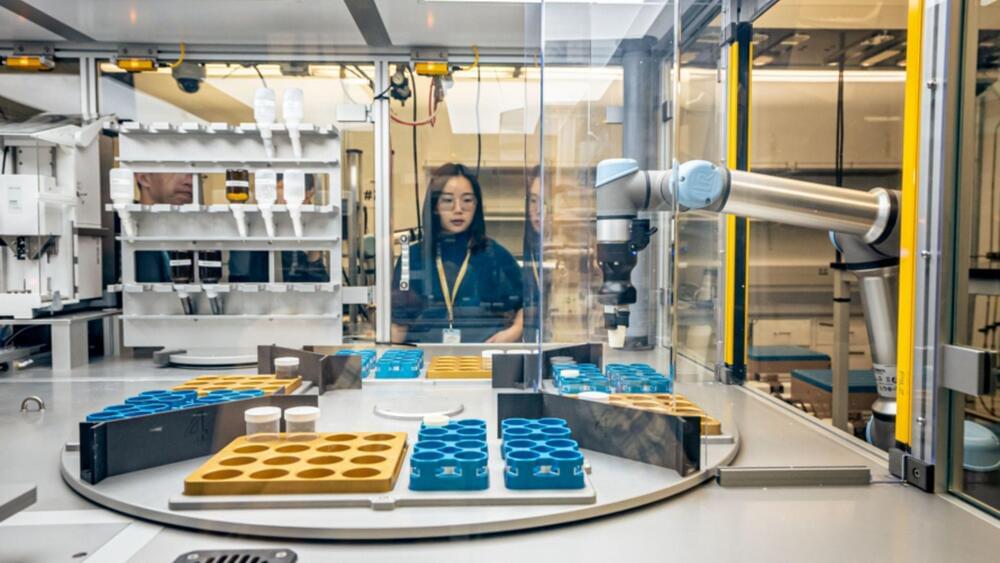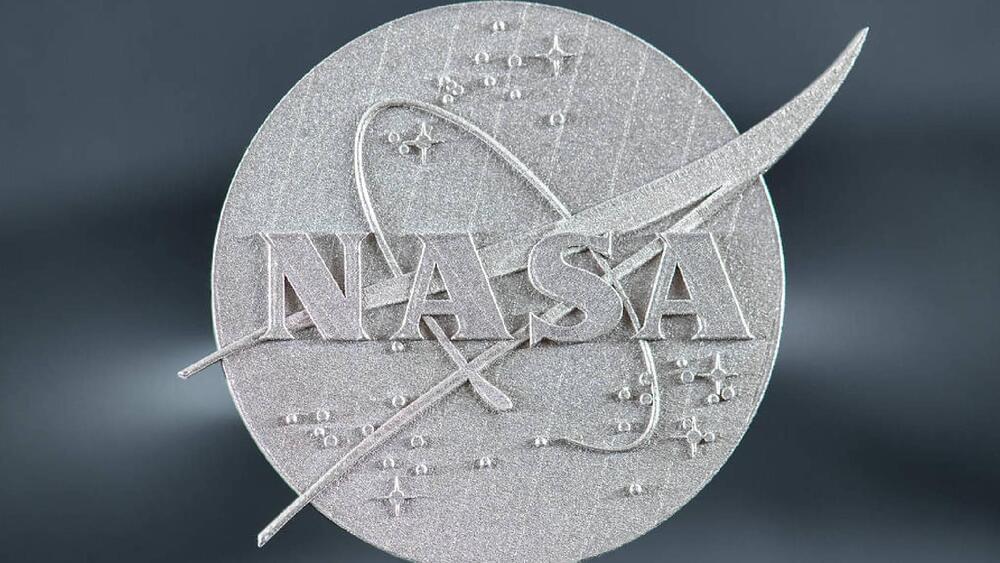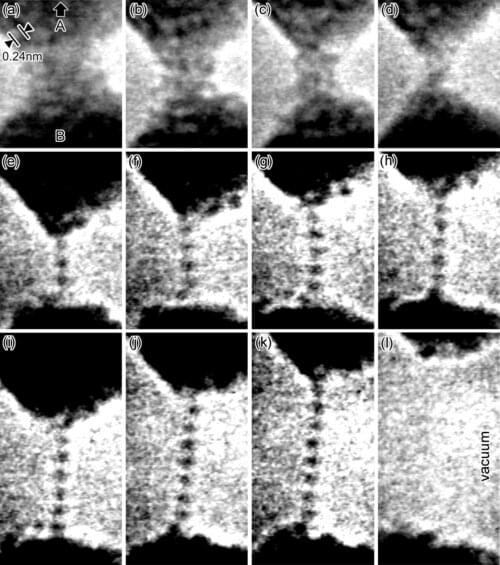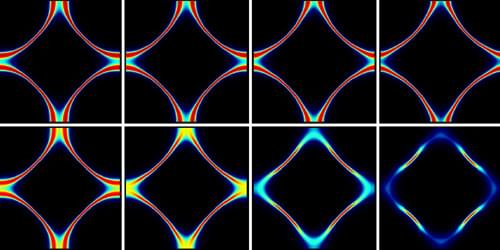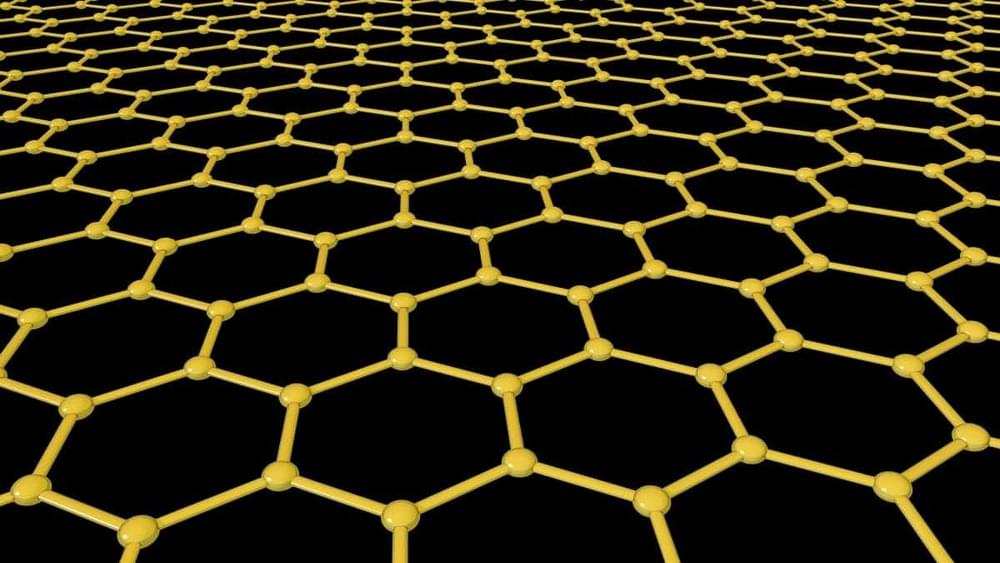Apr 23, 2023
Berkeley researcher deploys robots and AI to increase pace of research by 100 times
Posted by Gemechu Taye in categories: materials, robotics/AI
No human intervention is required.
A research team led by Yan Zeng, a scientist at the Department of Energy’s Lawrence Berkeley National Laboratory (Berkeley Lab), has built a new material research laboratory where robots do the work and artificial intelligence (AI) can make routine decisions. This allows work to be conducted around the clock, thereby accelerating the pace of research.
Research facilities and instrumentation have come a long way over the years, but the nature of research remains the same. At the center of each experiment is a human doing the measurements, making sense of data, and deciding the next steps to be taken. At the A-Lab set up at Berkeley, the researchers led by Zeng want to break the current pace of research by using robotics and AI.
